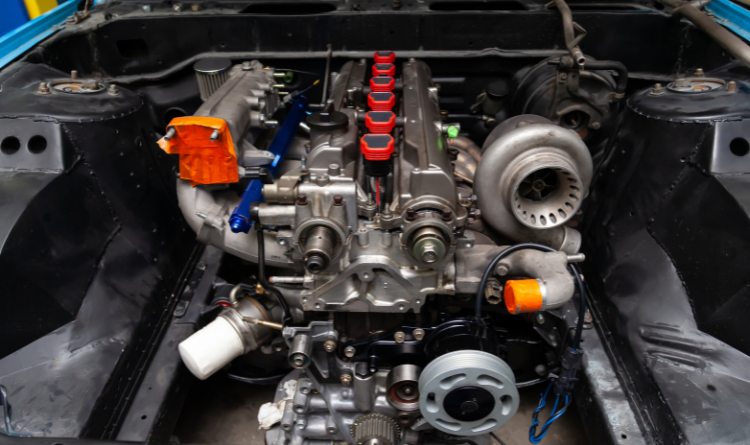A Comprehensive Analysis of the Global Automotive Turbocharger Market
The global automotive turbocharger market size reached a value of above USD 13.31 billion in 2023. The industry is further expected to grow at a CAGR of 10.4% in the forecast period of 2024-2032 to reach a value of more than USD 32.21 billion by 2032. Turbochargers play a crucial role in improving fuel efficiency and reducing emissions in modern vehicles. In this blog post, we will explore the basics of turbocharging, its impact on fuel efficiency and emissions, the challenges and considerations, as well as future trends in turbocharger technology.
The Basics of Turbocharging
Turbochargers are ingenious devices that enhance the efficiency and power output of internal combustion engines. Unlike traditional naturally aspirated engines that rely solely on atmospheric pressure to draw in air, turbocharged engines utilize a turbocharger to pressurize the air before it enters the combustion chamber. This pressurization allows for a greater volume of air to be forced into the engine, enabling it to burn more fuel and generate more power.
At the heart of a turbocharger is a turbine and a compressor, both of which are mounted on a shared shaft. The turbine is located in the exhaust stream of the engine and is driven by the flow of exhaust gases. As the exhaust gases pass over the turbine blades, they cause the turbine to spin. Connected to the same shaft as the turbine is the compressor, which is located on the intake side of the engine. As the turbine spins, it drives the compressor, which pressurizes the air before it enters the engine’s combustion chamber.
Improving Fuel Efficiency
One of the most significant advantages of turbocharging is its ability to improve the fuel efficiency of an engine. By compressing the air before it enters the combustion chamber, turbochargers allow for more efficient combustion of fuel. This means that less fuel is required to produce the same amount of power, leading to improved fuel economy.
Additionally, turbochargers enable a concept known as engine downsizing. This involves using a smaller, more fuel-efficient engine equipped with a turbocharger to replace a larger, less efficient engine. The turbocharger boosts the smaller engine’s power output to match or exceed that of the larger engine, while still providing the fuel economy benefits of a smaller displacement engine.
Another key factor in improving fuel efficiency is downspeeding, which involves running the engine at lower speeds. Turbochargers can help maintain engine performance at lower speeds by providing the engine with a boost of compressed air, allowing it to operate more efficiently.
Reducing Emissions
Turbochargers also play a significant role in reducing emissions from vehicles. By improving the efficiency of combustion, turbochargers help engines burn fuel more cleanly, resulting in lower emissions of pollutants such as carbon monoxide (CO), nitrogen oxides (NOx), and particulate matter (PM). This is particularly important in light of increasingly stringent emission standards around the world.
Challenges and Considerations
While turbocharging offers significant benefits, it also poses some challenges. One of the main challenges is turbo lag, which is the delay in power delivery that occurs when the engine is operating at low speeds. This can be mitigated through the use of technologies such as variable geometry turbochargers, which adjust the turbine’s geometry to optimize performance at different engine speeds.
Future Trends
Looking ahead, there are several key trends shaping the future of turbocharger technology. One of the most significant trends is the development of electric turbochargers, which use electric motors to drive the compressor instead of relying on exhaust gases. This not only eliminates turbo lag but also allows for more precise control over boost pressure, further improving fuel efficiency and emissions performance.
Click here to checkout our other reports:- https://www.expertmarketresearch.com.au/

